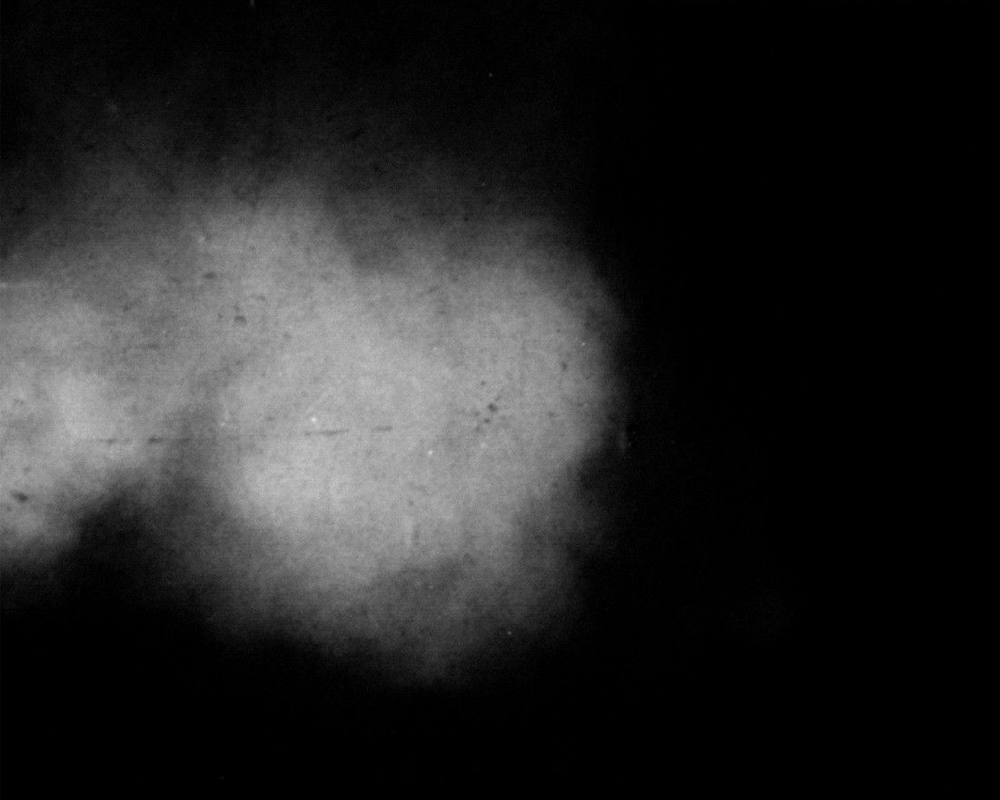My artistic work follows an approach that combines minimalist form with research-based references to biographical, political or site-specific contexts. Conceptual precision meets with a sense of the emotional, physical and imaginary strenght of materials and sculptural gestures. Currently, I am increasingly interested in aesthetic strategies that redeploy performativity from the object to the recipient. Both as an artist and as a researcher, I work on ʻperformative objectsʼ: sculptural elements that are then handed over to a participatory process.
→ Lives and works, portfolio (PDF)
→ Teaching at the Salzburg University of Education (Professor of Technology and Design)
→ growingminds.at, Art & Ecology Project, Salzburg University of Education
→ icaros.org, Performative Objects, artistic research project

→ Less Work for Mother, exhibition documentation, Museum Villa Stuck Munich
→ Less Work for Mother, cat. Museum Villa Stuck Munich, Distanz Berlin 2018 (PDF)
→ Empire, cat. Weltraum Munich, 2016 (PDF)
→ #1, cat. Galerie der Künstler Munich, 2013 (PDF)
→ Kunstautonomien. Luhmann und Bourdieu, Silke Schreiber, Munich 2010 (PDF)
/
Although trained as a sculptor, I am not particularly interested in sculpting ‘images’; that is if the term ‘image’ is meant to describe a window to the world. Or, even worse, a window through which the artist sticks his or her head to tell us how the world ought to be arranged. Sculpture that goes beyond the image produces new dimensions of meaning: The objects themselves come into focus, their immediate physical existence, along with space, atmosphere, the body, social action.
My artistic practice responds to these conditions by creating aesthetic situations in which the artworks—through their presence, mediality or process—can be experienced as tangible counterparts. They record small events—moments, which are elusive or unstable, phenomena that otherwise take place at the periphery of our perception, briefly flashing up and immediately disappearing again: Vibrating window glass, heated concrete, frozen condensation water, melting wax, flowing iodine, a silver-coated curtain charged with electricity. Such sculptural gestures include a temporal dimension and incorporate performativity into the objects themselves, thus addressing the corporeality of the observer.
Minimalism is an important point of reference—the question how much I can remove in order for only the essential to remain (which is a decisively sculptural way of thinking). This formal restraint, however, is not a means of making hermetic objects. Above all, it is a way of redistributing weight between the visible and the non-visible: dimming down the visual and directing the eye (and mind) to other levels of aesthetic perception. One of them is materiality which also counteracts the minimalism of the works and subverts pure self-referentiality. In addition, historical, biographical or political references always play an important role in my work. All my projects evolve around a conceptual nucleus and unfold on the background of a thorough research: as a resistance against which the artistic form can establish itself.
Currently, I am increasingly interested in aesthetic strategies that redeploy performativity from the object to the recipient. Both as an artist and as a researcher, I work on ʻperformative objectsʼ: sculptural elements that are handed over to a participatory process. I develop modular elements which do not possess a defined function nor form an invariant order, but can be worn, used, moved, rearranged, reshaped, expanded or replaced when worn out. They might be replicated in a different location, spread or modified without restriction. The calculated loss of artistic control aims at an emancipation of the ʻviewersʼ who may employ their individual aesthetic potentials and experience themselves as authors of meaning. Performative objects liquify the artistic work but are nevertheless decidedly sculptural in that they refuse to fully dissolve the material dimension of art in communication and action. They employ objects as means of reflection that store aesthetic operations and open them up to debate and critique—thus not only creating focal points for critical interventions, but representing political forms in themselves.
/
Contact and imprint
Christian Hartard, Donnersbergerstraße 43, Munich, studio@hartard.com